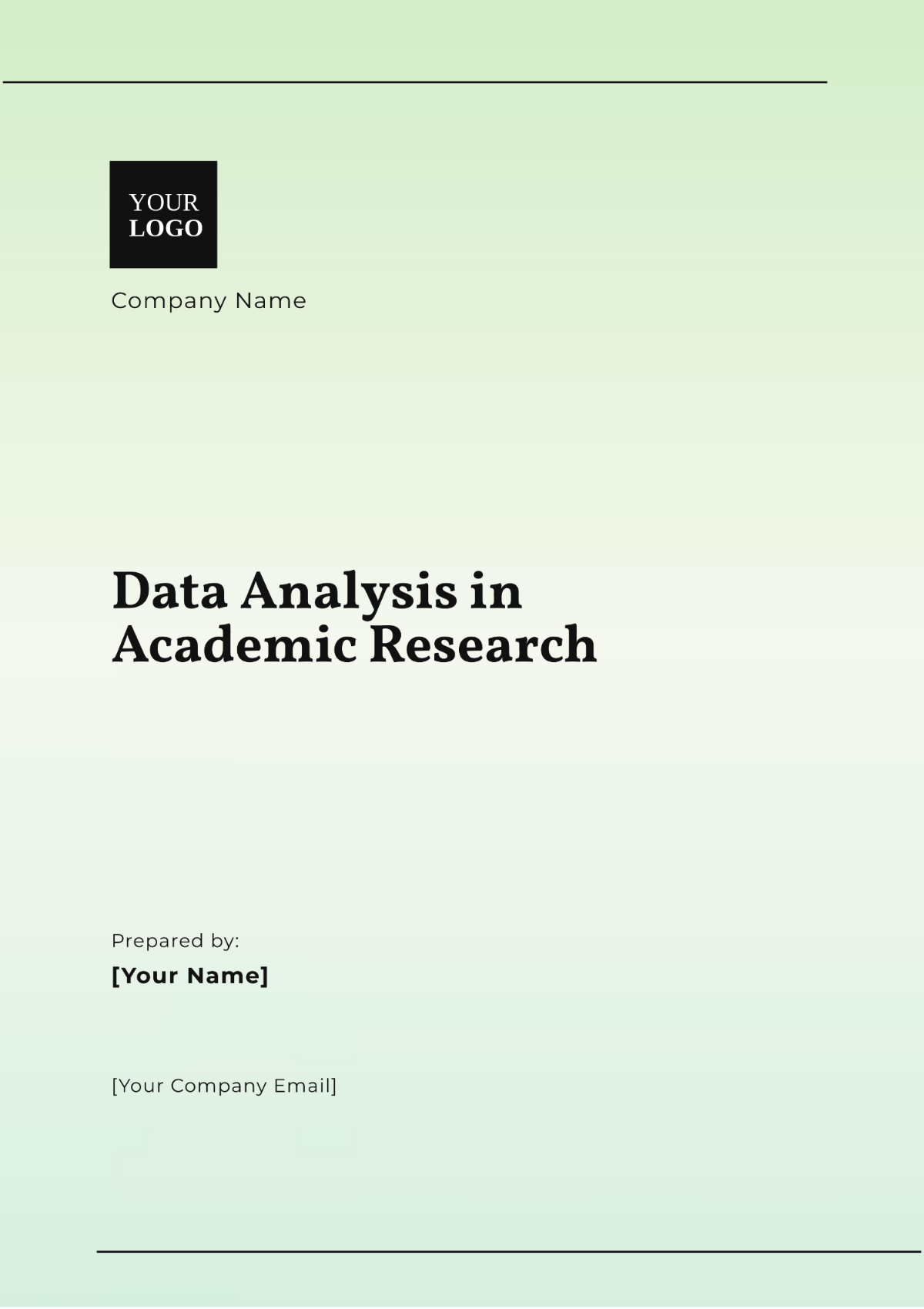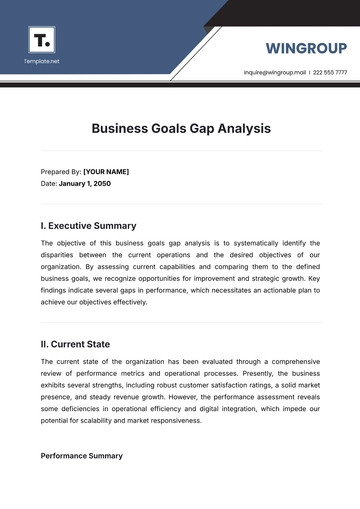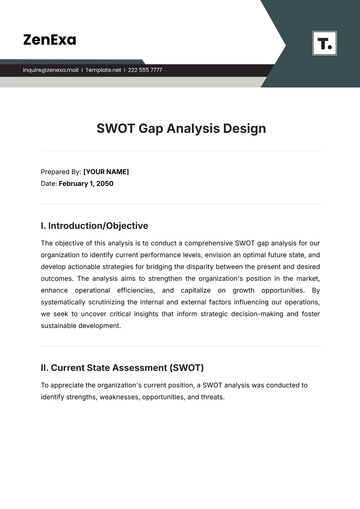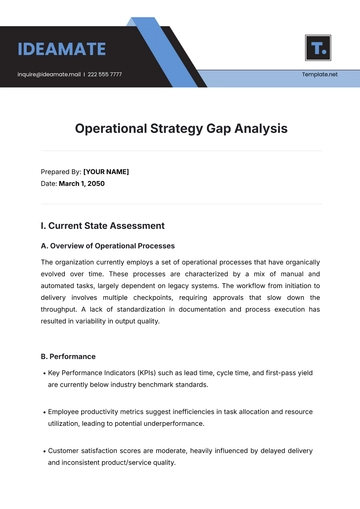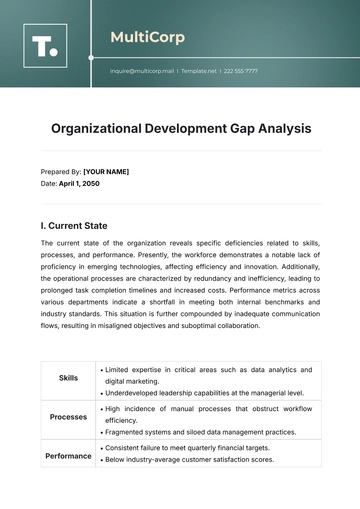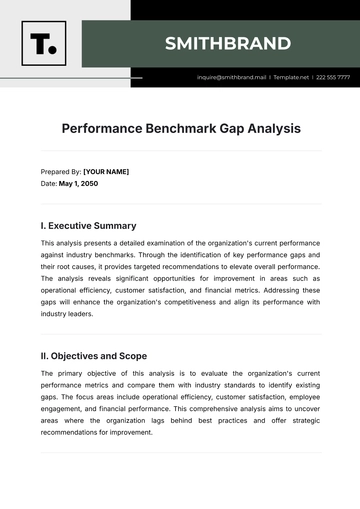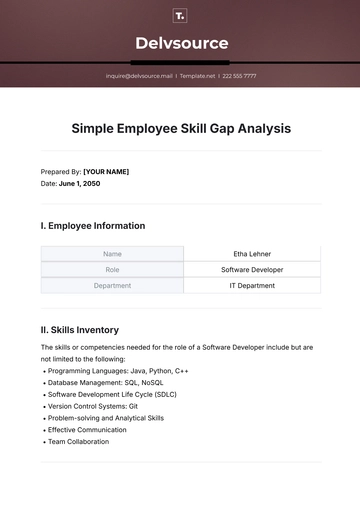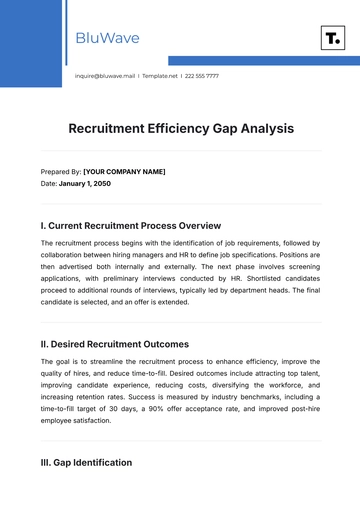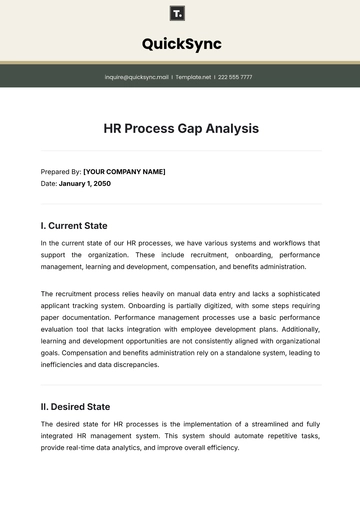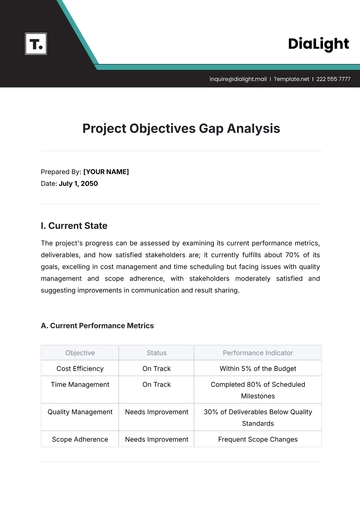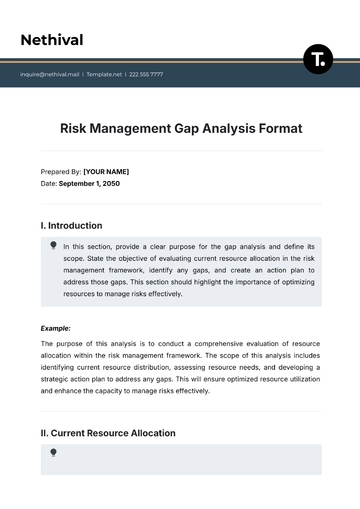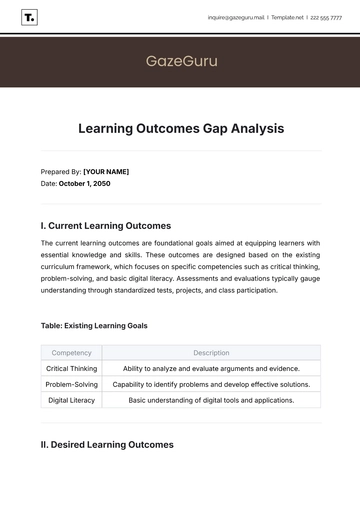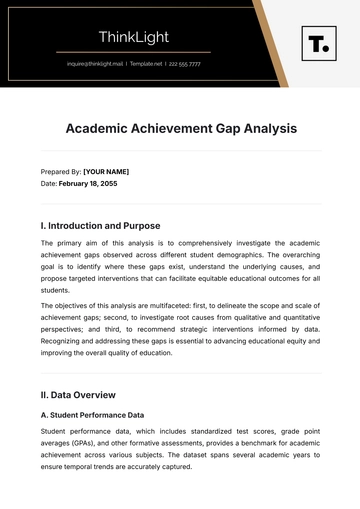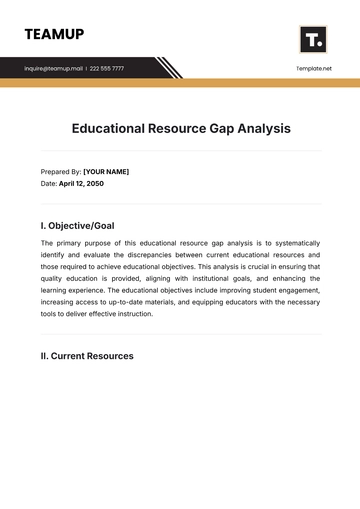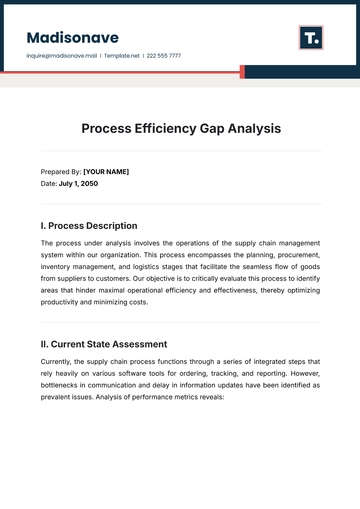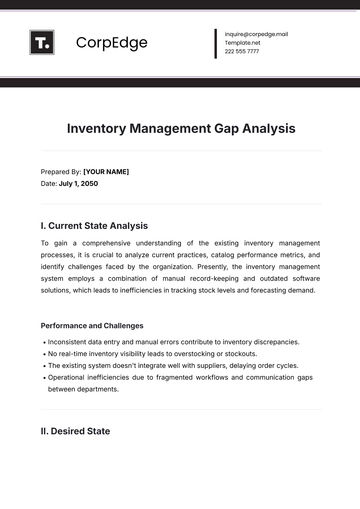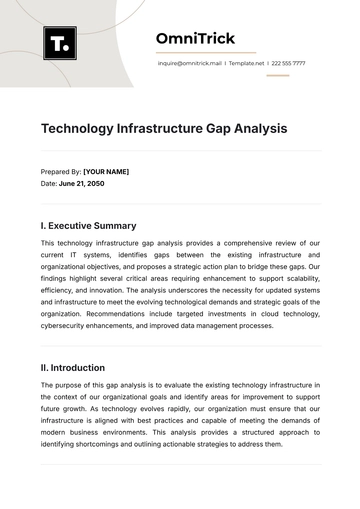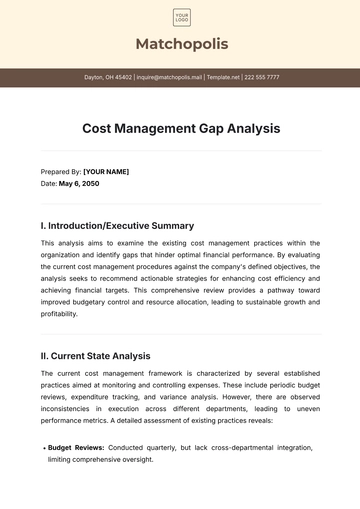Data Analysis in Academic Research
[YOUR COMPANY NAME] | [YOUR COMPANY ADDRESS]
I. Introduction
Data analysis is a crucial component of academic research, providing insights and interpretations that underpin conclusions and recommendations. As we look toward 2060 and beyond, the landscape of data analysis continues to evolve with advancements in technology, methodology, and interdisciplinary collaboration.
In this guide, we will explore the essential elements of data analysis within the context of academic research, focusing on key processes, tools, and considerations that are relevant to researchers across disciplines.
II. Research Design
Research design is the blueprint for conducting a study, outlining the methods and procedures that will be used to collect and analyze data. The choice of research design depends on the research question, objectives, and the nature of the data.
A. Types of Research Design
Quantitative Research
Qualitative Research
Mixed-Methods Research
B. Considerations in Research Design
III. Data Collection
Data collection involves gathering information relevant to the research question using various methods and tools.
A. Methods of Data Collection
Surveys and Questionnaires
Interviews and Focus Groups
Observations
Secondary Data Analysis
B. Data Collection Tools
Digital Platforms: Use of online survey tools like Qualtrics or SurveyMonkey.
Recording Devices: For interviews and focus groups, ensuring high-quality audio or video capture.
IV. Data Preparation
Before analysis, data must be prepared and organized to ensure accuracy and consistency.
A. Data Cleaning
Handling Missing Data: Deciding whether to remove, impute, or analyze missing values.
Outlier Detection: Identifying and addressing data points that deviate significantly from others.
B. Data Transformation
C. Data Storage
V. Data Analysis Techniques
Data analysis involves applying statistical and computational methods to draw insights and conclusions from data.
A. Statistical Analysis
Descriptive Statistics: Summarizing data using measures like mean, median, and mode.
Inferential Statistics: Making predictions or inferences about a population based on sample data.
B. Computational Analysis
C. Data Visualization
VI. Interpretation of Results
Interpreting results involves explaining the significance of the data analysis and how it relates to the research question.
A. Drawing Conclusions
B. Implications for Future Research
VII. Reporting and Presentation
Communicating the results of a study is a critical step in the research process, requiring clear and concise reporting.
A. Writing the Research Report
Introduction: Summarizing the research question, objectives, and methodology.
Methodology: Describing the research design, data collection, and analysis techniques.
Results: Presenting the findings with supporting tables, charts, and graphs.
Discussion: Interpreting the results and discussing their implications.
Conclusion: Summarizing the key findings and recommendations.
B. Presentation of Findings
VIII. Conclusion
Data analysis is a fundamental aspect of academic research, enabling researchers to uncover insights and contribute to the body of knowledge within their field. By following a structured approach to research design, data collection, preparation, analysis, interpretation, and reporting, researchers can produce valid, reliable, and impactful findings.
References
Smith, J. A. (2061). Advanced Data Analysis Techniques for Social Sciences. Research University Press.
Brown, R. & Lee, K. (2062). Quantitative Research Methods: A Comprehensive Guide. Academic Publishing House.
Johnson, P. (2063). Mixed-Methods Research: Bridging the Gap between Quantitative and Qualitative. Scholarly Books Ltd.
Research Templates @ Template.net
